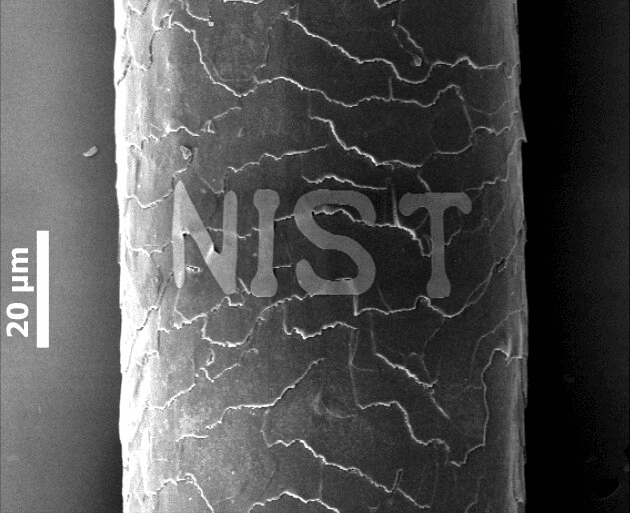
Electronic devices such as semiconductor chips are often printed with micro-scale circuit patterns on silicon surfaces, and sometimes they need to be printed on non-flat surfaces.
However, it is difficult to print patterns directly on these non-flat surfaces, so we need to transfer them with flexible tapes or liquids, for example.
However, existing transfer printing methods are prone to pattern displacement and the residue of harmful impurities.
Recently, a study published in Science has developed a new transfer method in which circuit patterns can be successfully transferred onto non-flat surfaces using ordinary table sugar.
First, the researchers dissolved a mixture of caramel and corn syrup in a small amount of water, then poured the solution onto a flat surface with micro-patterns.
When the water evaporates, the sugar hardens and can be separated from the surface below in the form of a micro-pattern.
Subsequently, the sugar in this form is placed on the new printed surface and melted.
Since the sugar remains highly viscous as it melts, the micro-pattern does not shift.
Once the transfer is made, the sugar mixture is washed away with water.
The researchers call this newly developed technology REFLEX (full name REFlow-driven FLExible Xf).
It has great potential for applications as it can transfer circuits on non-traditional surfaces such as large headpins and fibers.